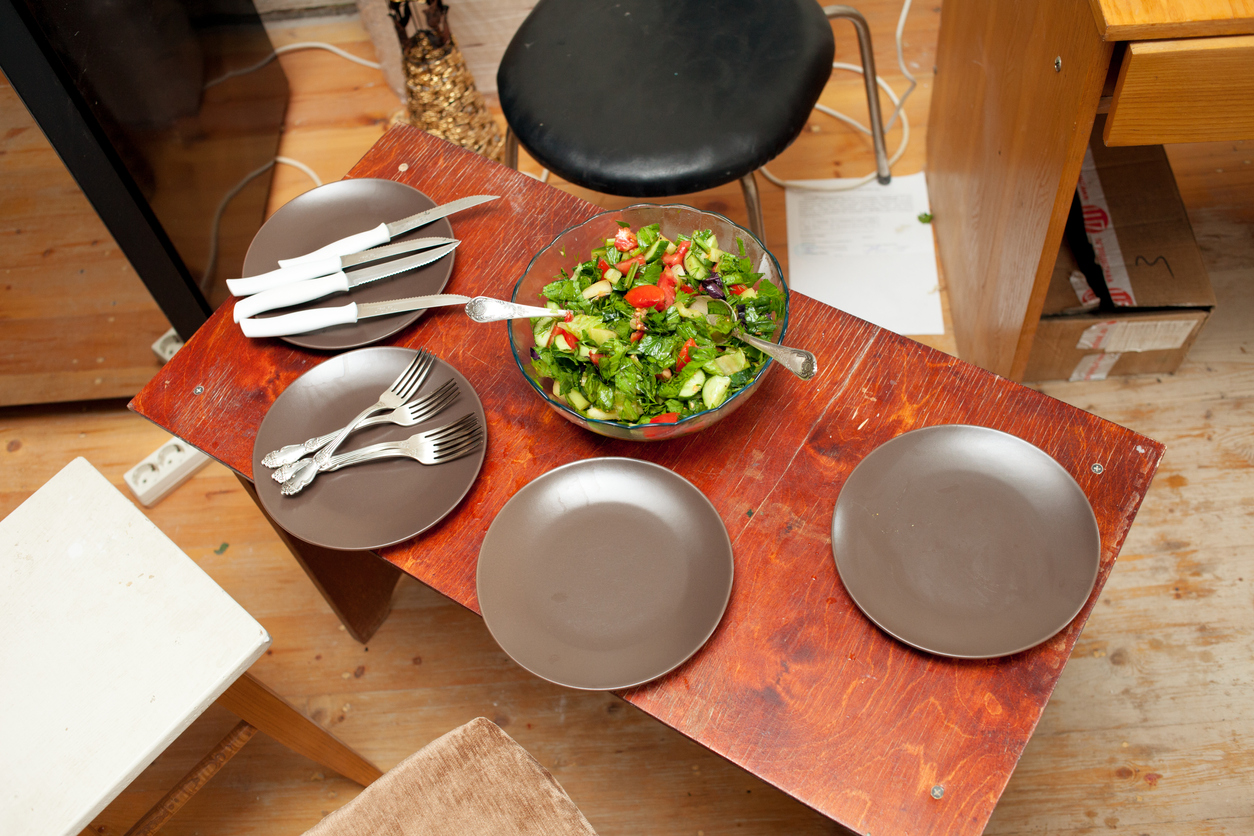At some time in your life, you’ll probably be faced with a diet change that’s necessary for your health. Sometimes, like for pregnancy, it’s expected that some diet shift might be needed, but that doesn’t make it any easier.
But for many diet changes, it’s brought about by a wake-up call—as in a call from your doctor saying your blood sugar is too high, your cholesterol is too high or some other issue that requires an abrupt about-face on what you typically eat. Or maybe you’re having middle-of-the-night GI distress that’s caused by diet. A diet remodel can be rough, but here are some steps that can help.
- First wrap your head around what’s needed. Think of the diet transformation in terms of a home renovation. What would Chip and Joanna do? First they would assess the current Fixer Upper, think about the end goal and steps to get there, and then of course, address the sometimes unpleasant, but necessary bottom line budget. You can follow the same steps around changes in your food. What does your diet landscape look like now. Is it a real “dump” requiring a full overhaul or does it just need a quick remodel? What’s the timeline of the renovation? We know that great home remodels as well as a full diet transformations need time. Experts in behavior change say it takes about six weeks to change a behavior—about the same time for a reno on Property Brothers.
- Check in on your emotional state. You might feel like those people on Love it or List It, who are first shown the perfect home with all the bells and whistles, only to find out it’s about $200,000 over their budget. Definitely in a low place. You might feel the same if you find out you can’t might not be able to eat your favorite foods anymore. But it’s important to confront your emotions head on so you can manage them. Think about the end goal. If it’s blood sugar control, have you thought about the pros and cons of controlling carb intake and what happens if you decide not to make the change in your diet? It’s definitely your choice, but if you think about the “what ifs”, it may make it easier to you make a conscious decision: “Yes I want to change my diet because I know what can happen if I don’t.”
- Once you’ve decided “let’s do this”, it’s time to write down some small steps to get you to your goal. Joanna doesn’t start decorating until the demo and new floors are in—neither should you envision eating a perfect diet the first week. It’s good to make S.M.A.R.T. goals: Specific, Measurable, Attainable, Relevant, and Timely. Remember that a goal can be about adding something OR taking away something from your plate. A SMART goal could look something like this:
- In one week I will learn how carb counting works and eat one less carb at each meal.
- At the end of one week, I will eat one more fresh fruit and vegetable every day.
- Or perhaps a few simple goals to get you going: I will make a grocery list every Saturday and include enough fruits and vegetables to eat them daily.
And just like when you’re working on a Fixer Upper, you’re going to hit a few bumps in the road, but unlike remodeling, they won’t be costly! Keep your eye on your final goal and keep all the benefits of your diet changes in mind. It’s OK to take two steps forward and one step back.













